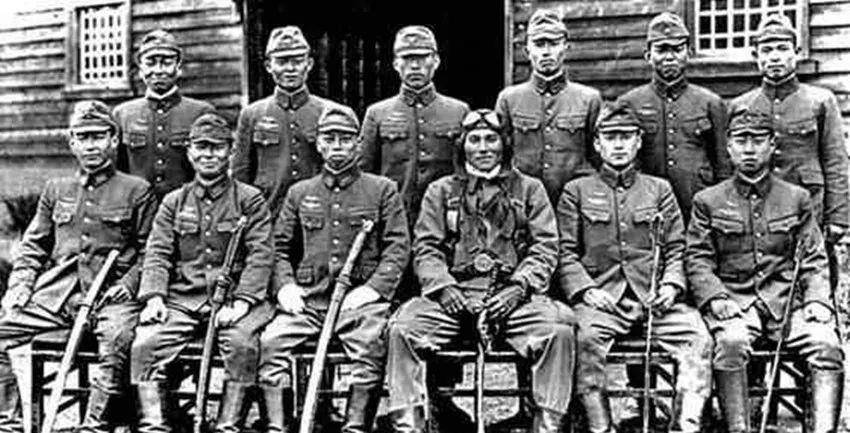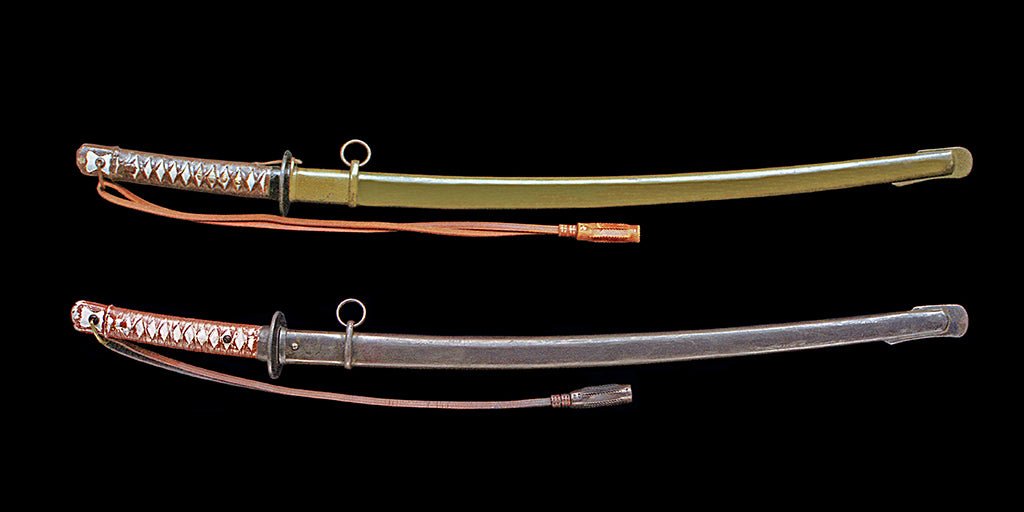The most collectible Japanese guntō: Classic type 98 guntō

ww2 japanese sword , the most representative was the Type 98 Gunto, which was very popular among modern collectors, former national armies, and Allied and American forces on the Pacific battlefield.

During the Pacific War in the United States, the US military captured a Japanese island and was not interested in delivering Type 98 Guntō, despite being flooded with firearms, ammunition, and machine guns. At that time, the US also had some military personnel who were specifically responsible for recycling some of the booty. As long as the finished Type 98 Gunto was available, they would offer high prices to buy it.

What is a Type 98 gunto sword?
The Type 98 Gunto is just a transformation of the Type 94 Gunto. It only removes the second earring and the quality does not differ too much, but the fact is not so.
The Type 98 Gunto was worn by military officers during ww2, including lieutenants, adjutants, generals, and even Emperor Hirohito himself. Due to the high military rank of the wearer, they naturally received a relatively good education, and their quality was much higher than that of low-ranking Japanese soldiers and base commanders. The Type 98 Gunto is different from the bayonet worn by soldiers and the Type 32 Cavalry Sword or Type 95 Gunto worn by grassroots officers. The Type 98 Saber is a custom accessory purchased out of pocket or with a family heirloom sword. Before 1943, most of the Type 98 gunto used the traditional Japanese forging method, which is the local forged sword, commonly known as the hand forged and polished Japanese sword. In the late stages of the war, with the scarcity of war resources, Japanese soldiers also had to simplify their equipment, becoming even rougher from the inside out. So many early 98 style gunto still seem to have great artistic value.

Due to the fact that the Type 98 guntō is worn by senior officers, there is no need for practical combat. It only showcases the so-called Bushido spirit of Japanese militarism back then. Compared to the Type 32 and Type 95 worn by grassroots commanders, including the Type 30 bayonets worn by soldiers, there are significant differences, so the preserved ones are relatively complete. As the name suggests, the Type 98 guntō is based on the unique Japanese imperial year, which is the year of Emperor 2598. This year is the 13th year of Showa and the 27th year of the Republic of China, and the Saber of the Park began to be standardized in 1938. The type 98 guntō is actually a collective term, divided into formal and light decoration, including distinguishing different details according to different forging houses. For example, there are South Manchuria Railways Co. and Showa Half Forging Bar produced in China, including many famous forging houses in Japan, the most famous of which is the guntō forging house of the Yasukuni Shrine, also known as the Yasukuni Sword. There are also some, including Tokyo Ruose, Iida, etc

The value of a Type 98 guntō should be judged not only by its preserved appearance, but also by the reputation of the author of the blade. As previously mentioned, Type 98 guntō are purchased by military officers at their own expense, so many people have two options. One is to purchase the guntō produced at the time, and the other is to customize a set of Type 98 guntō accessories with their own family heirloom sword. The reason why Type 98 guntō are loved by modern collectors is that, It is because its entire set of workmanship is very exquisite, but after all, it is a product of wwii, so everyone should take a rational view.




Leave a comment
This site is protected by hCaptcha and the hCaptcha Privacy Policy and Terms of Service apply.